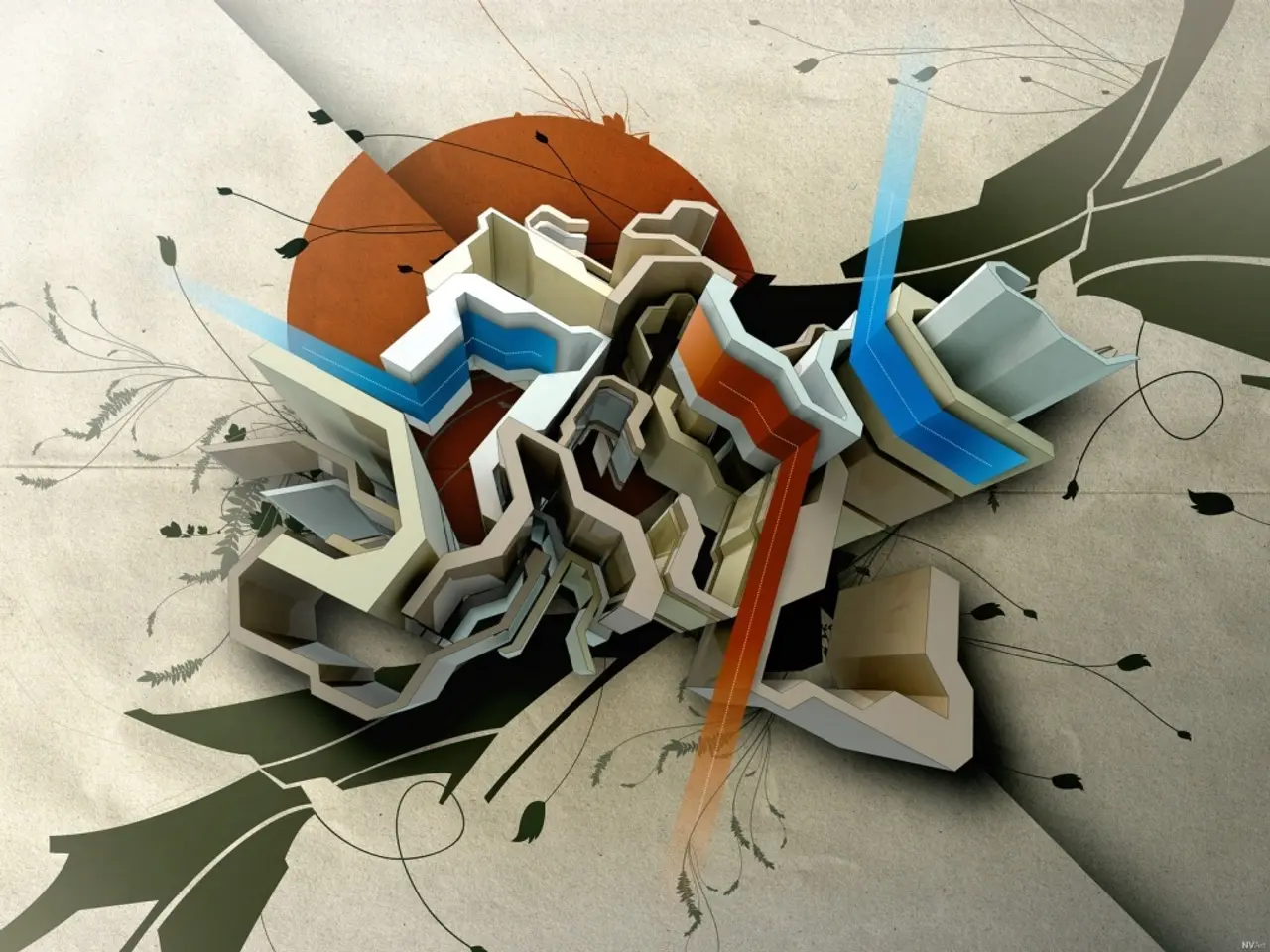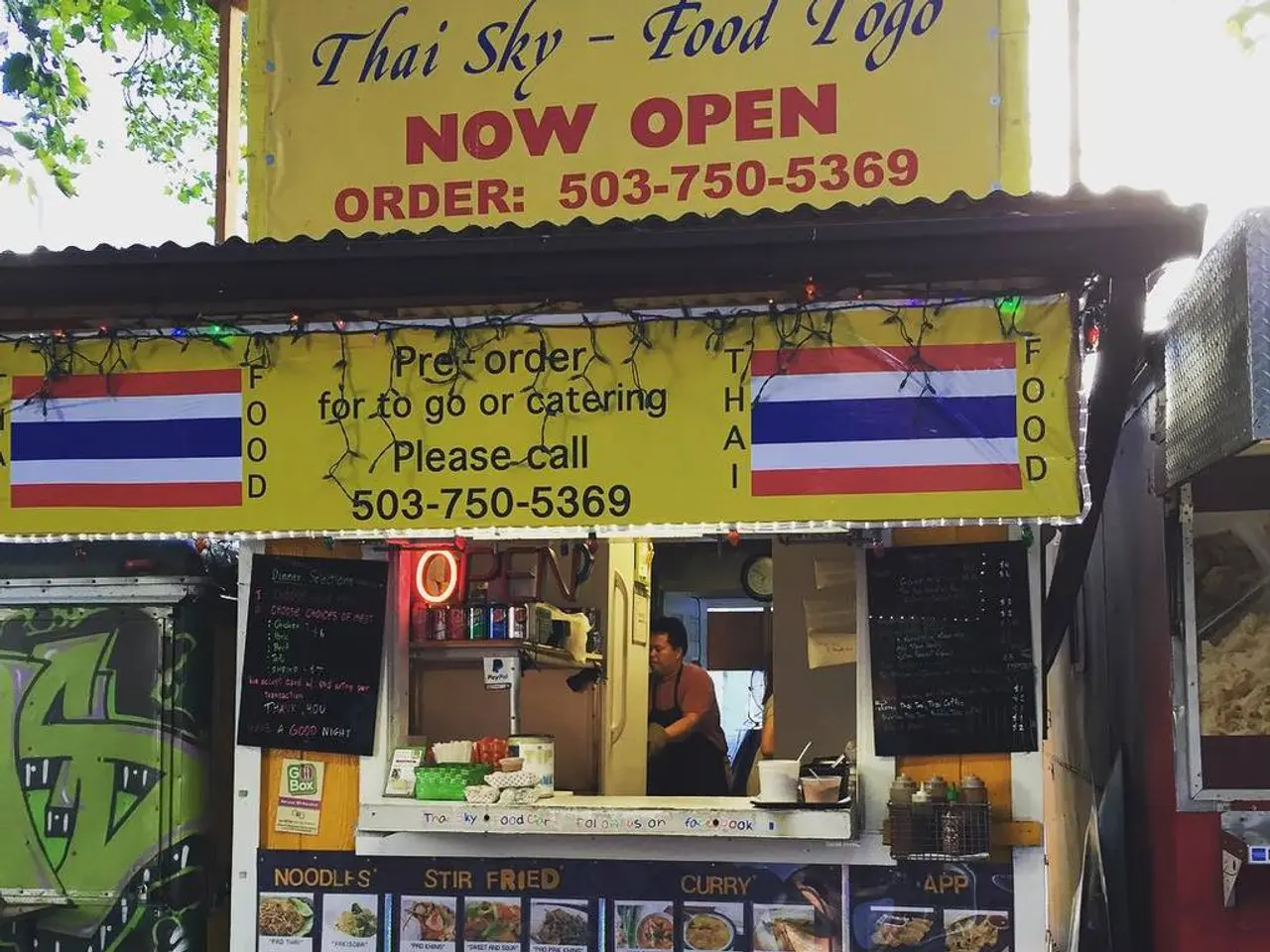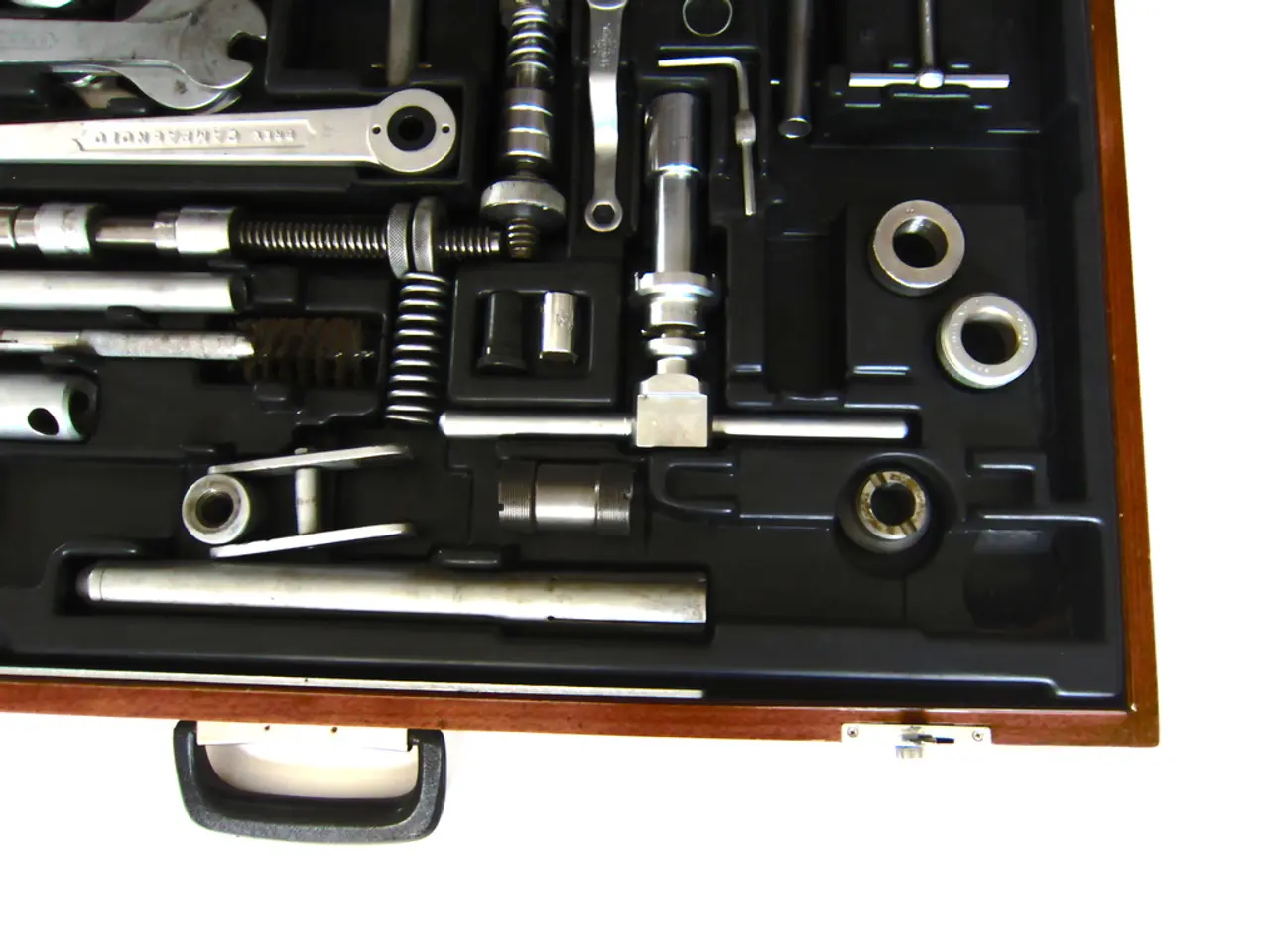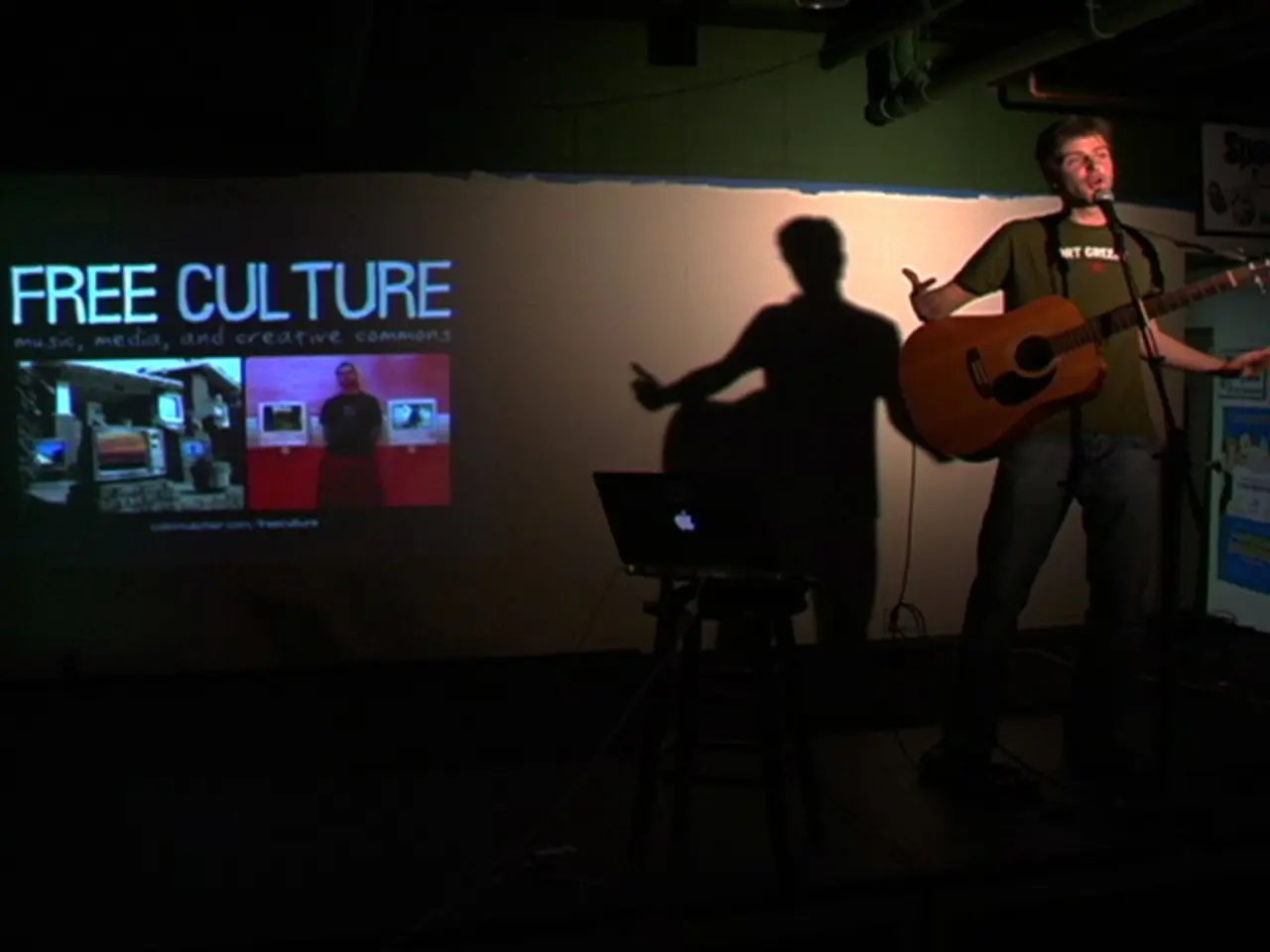Mastering Animation Production: A Detailed Handbook
The animation production process is a fascinating blend of artistry and technology, bringing together the visions of animators, designers, writers, and technical artists to build captivating final products. This journey, meticulously orchestrated, typically follows a structured pipeline consisting of three key stages: pre-production, production, and post-production.
Pre-production is the foundation upon which the entire project rests. It encompasses all planning and preparation before any animation work begins. Key tasks include concept development and storyboarding, scriptwriting, character design, background creation, and planning the production schedule and budget. This stage fleshes out an idea into a compelling narrative and sets the visual roadmap for the animation, ensuring all creative elements are aligned before production starts.
The production phase is the active creation phase, where the actual visuals are made. For 2D cel animation, this includes drawing and inking each frame on transparent sheets (cels), coloring, and layering them with backgrounds. In contrast, for 3D animation, the process involves modeling characters and environments in 3D software, rigging (creating a skeleton for movement), animating the characters, and refining movement and expressions. Photography or rendering each frame to create the motion sequence happens here as well.
Post-production is the final phase, where the animation is polished and finished. This stage involves adding sound design, including music, voice overs, and sound effects. Compositing, which is combining various visual elements (characters, backgrounds, effects) into the final frames, is also part of this phase. Editing and color correction to enhance the visual quality, final rendering and encoding for distribution through various media formats, and quality control and review to ensure the animation meets the desired quality standards, are all crucial elements of post-production.
The animation production process is a multifaceted journey that requires the combined efforts of many talented individuals, from the initial concept to the final release. It's an immersive experience enhanced by sound design, where sound effects, dialogue, and music are carefully crafted to create a compelling narrative. With the rise of animation courses offered by authorized training centres like Monolith Academy, aspiring animators can learn the practical execution of these processes and contribute to this collaborative and captivating field.
Technology plays a significant role in the animation production process, as it provides the tools for both 2D and 3D character modeling, environment creation, rigging, animating, sound design, and rendering. The animation industry has evolved with the advancement of technology, offering aspiring animators access to authoritative training centers like Monolith Academy, where they can learn the practical applications of these technological advancements.




